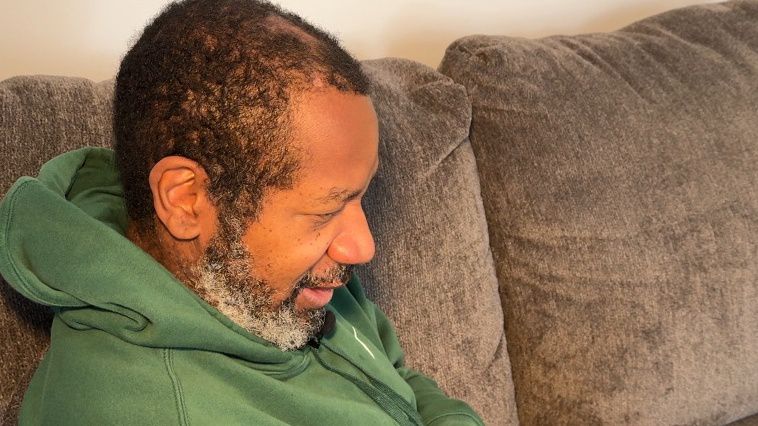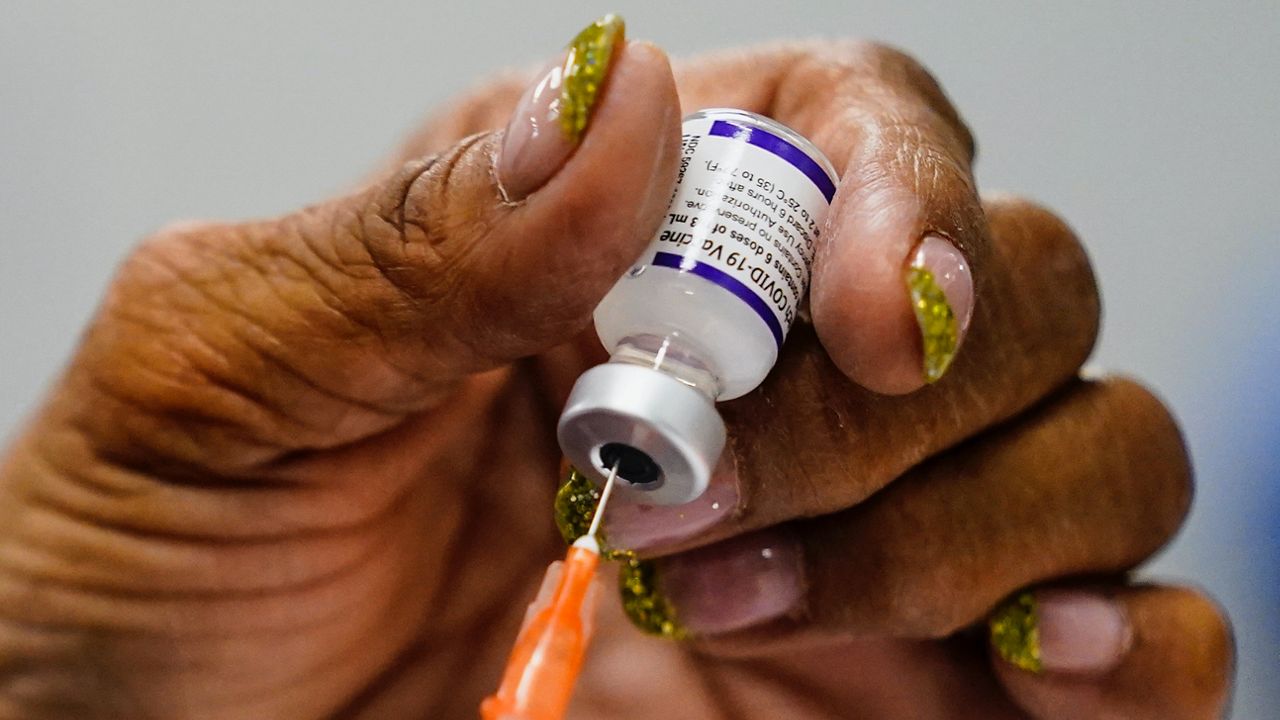Forty-two million Americans rely on the supplemental nutrition assistance program, known as SNAP, to get food on their tables. It’s been more than a month since the federal government ended its extra benefits to these families that was put in place during the COVID-19 pandemic, as part of emergency relief.
With boxes piled high, and limited refrigerator space for locally grown produce, Fareground, a community-led organization in the Hudson Valley, has outgrown its current space and is on the hunt for a new home because the demand for its services is higher than ever.
“We are reaching more and more people. We’re bringing in more and more food and supplies,” said Jamie Levato, the executive director of Fareground.
What You Need To Know
- A community-led organization in the Hudson Valley, Fareground, has outgrown its current space as it struggles to keep up with demand
- The extra food assistance benefits people received during the COVID-19 pandemic ended across the U.S. in March
- Nearly one in 10 New Yorkers face food insecurity, according to the latest report by New York State Comptroller Tom DiNapoli
Levato says they’re trying to keep up with the need. Even the hallway, which is shared with other offices, is being used to pack boxes of food for people who need it.
“We have seen the numbers of folks showing up at our free marketplaces, and those requesting delivery, really shooting through the roof,” Levato said. “I would say this time last year, we probably were reaching maybe 80-100 households a week; now, it’s up to 225.”
The extra food assistance benefits people received during the COVID-19 pandemic ended across the U.S. in March. Levato says that, and increasing food prices, is squeezing community members who are already on a limited grocery store budget.
“The idea is neighbors helping neighbors,” Levato said. “We gather really support from our community, and everybody supports each other, so that’s really what it’s all about.”
It’s what drew Jesse Ragan to become a volunteer about a year and a half ago. He says some days, especially the really busy ones, can be overwhelming.
“We’ve really started to outgrow this space that we’re in,” Ragan said. “It’s been a little tough at times, when we have these volunteer shifts, where we have up to 15 people working here, and trying to navigate around each other.”
Nearly one in 10 New Yorkers face food insecurity, according to the latest report by New York State Comptroller Tom DiNapoli. One of his recommendations for the federal government is to extend temporary benefits related to SNAP or what used to be known as food stamps until inflation subsides.
Ragan sees first-hand how those who were boosted by those benefits during the pandemic are having a hard time.
“Seeing how much need there is in the community, I think that I was a bit oblivious to the number of people in need right in my neighborhood,” he said.
The group wants to increase its footprint in the region and is hoping its next chapter in a bigger home can do just that, so that community members can get food on their tables to feed their families.
The organization also provides ready-to-eat food supplies and toiletries for people who are unhoused or homeless.









